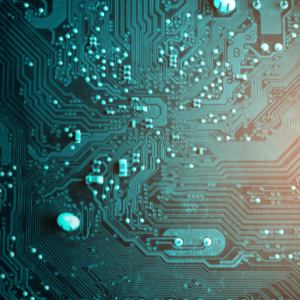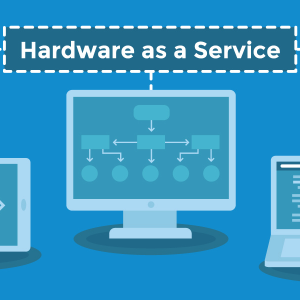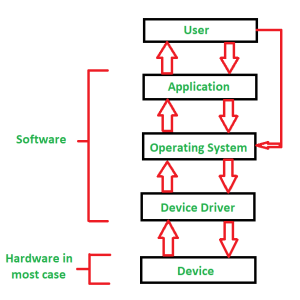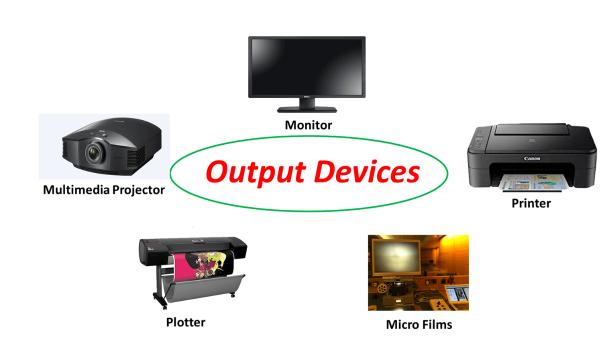
Introduction
In the realm of computer technology, hardware components play a pivotal role in processing and delivering information. While input devices allow users to interact with computers, output hardware devices are responsible for presenting the processed data in a human-readable format. In this article, we will delve into the world of output hardware devices, exploring their various types, functions, and applications.
What are Output Hardware Devices?
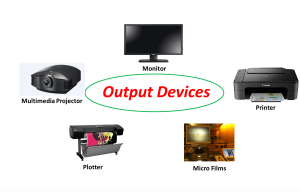
Output hardware devices are peripheral components that convert the processed data from a computer into a tangible form that can be perceived by human senses. These devices act as the interface between the digital world and the physical world, enabling users to view, hear, or feel the results of their computing tasks.
Types of Output Hardware Devices
1. Display Devices
- Monitors: The most common type of display device, monitors provide visual output. They come in various sizes, resolutions, and technologies, such as LCD, LED, and OLED.
- Projectors: Projectors display images onto a larger surface, making them ideal for presentations and home theaters.
- Head-Mounted Displays (HMDs): HMDs create a virtual or augmented reality experience by displaying images directly in front of the user’s eyes.
2. Printing Devices
- Printers: Printers produce hard copies of digital documents. They are available in various technologies, including inkjet, laser, and thermal.
- Plotters: Plotters are specialized printers used to create large-format prints, such as architectural drawings and engineering diagrams.
3. Audio Output Devices
- Speakers: Speakers convert electrical signals into audible sound waves. They are used for a wide range of applications, from personal computers to home theater systems.
- Headphones: Headphones provide private audio output and are commonly used for listening to music, gaming, and communication.
4. Other Output Devices
- Haptic Devices: Haptic devices provide tactile feedback to the user, such as vibrations or forces. They are used in applications like gaming controllers and virtual reality experiences.
- Actuators: Actuators convert electrical signals into mechanical motion, allowing computers to control physical devices. They are used in robotics, automation, and industrial machinery.
Functions of Output Hardware Devices
- Visualization: Display devices enable users to visualize data, images, and videos.
- Communication: Audio output devices facilitate communication through voice calls, music, and sound effects.
- Documentation: Printing devices create physical copies of digital documents for reference or distribution.
- Control: Actuators allow computers to control physical systems, such as robotic arms and industrial machinery.
Applications of Output Hardware Devices
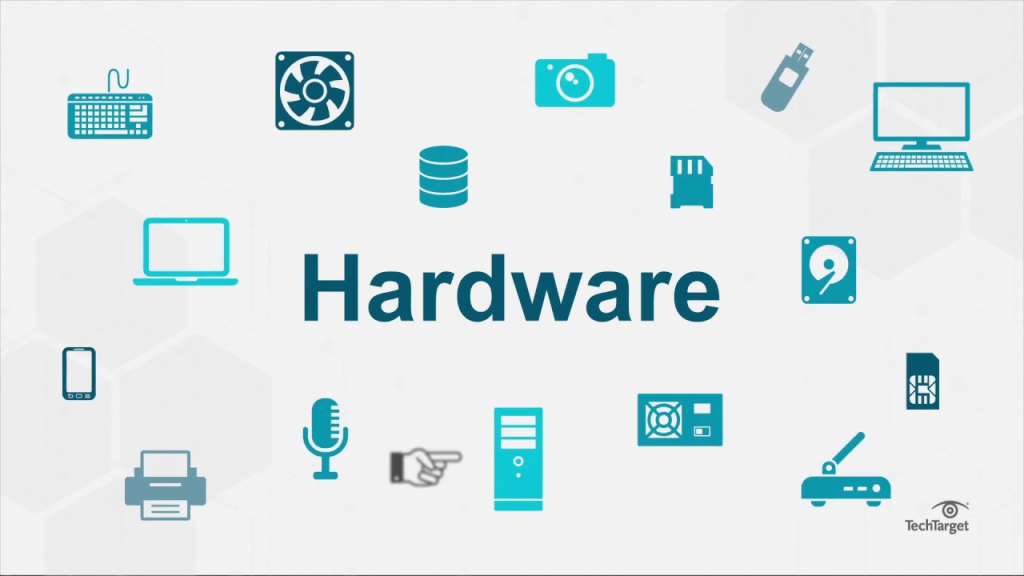
Output hardware devices find applications in a wide range of fields, including:
- Business: Printers, projectors, and monitors are essential for creating presentations, reports, and other business documents.
- Entertainment: Speakers, headphones, and gaming consoles provide immersive audio and visual experiences.
- Education: Projectors, interactive whiteboards, and e-readers are used in educational settings to enhance learning.
- Healthcare: Medical imaging devices, such as MRI machines and ultrasound scanners, produce visual representations of the human body.
- Manufacturing: Industrial robots and automated systems rely on actuators and other output devices to perform tasks.
Factors to Consider When Choosing Output Hardware Devices
- Resolution: The resolution of a display device determines the level of detail that can be displayed.
- Size: The size of an output device should be appropriate for the intended use.
- Connectivity: Consider the available connectivity options, such as USB, HDMI, and DisplayPort.
- Performance: Factors such as refresh rate and response time are important for applications that require fast and smooth output.
- Cost: The cost of output hardware devices varies widely depending on features and performance.
Conclusion
Output hardware devices play a vital role in our daily lives, enabling us to interact with computers and access information in a variety of ways. As technology continues to advance, we can expect to see even more innovative and sophisticated output devices emerge in the future.
[Insert relevant images and diagrams to enhance the article]
[Add internal and external links to relevant resources]
[Optimize the article for search engines by using relevant keywords throughout the content]
[Consider adding a FAQ section to address common questions about output hardware devices]
By following these guidelines, you can create a comprehensive and informative article that will be valuable to both technical users and those who are simply curious about how computers work.
Would you like me to continue expanding on any specific section or add more information to this draft?
Possible additional sections could include:
- History of output hardware devices
- Emerging trends in output technology
- Comparison of different output device technologies
- Troubleshooting common output hardware problems
If you have any questions for us, you can see more at: https://hardwarepc.xyz/, X


